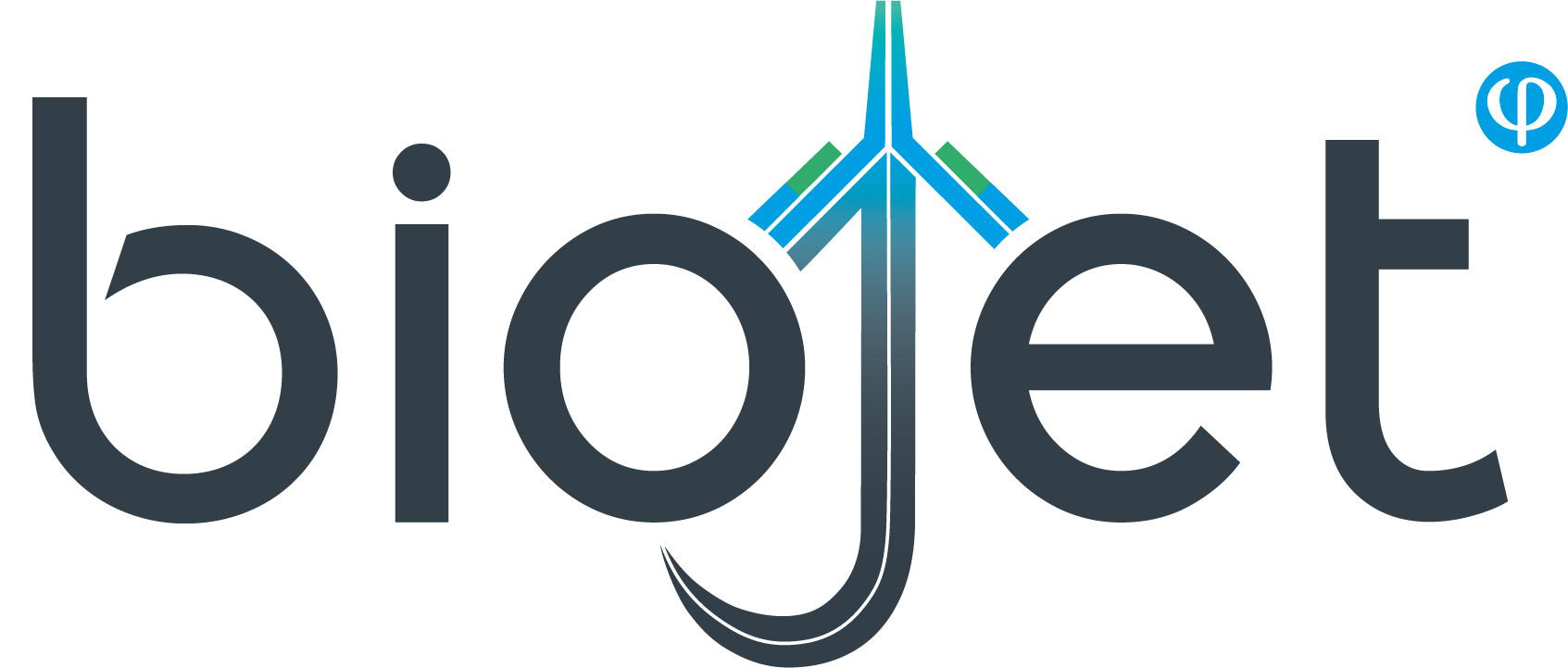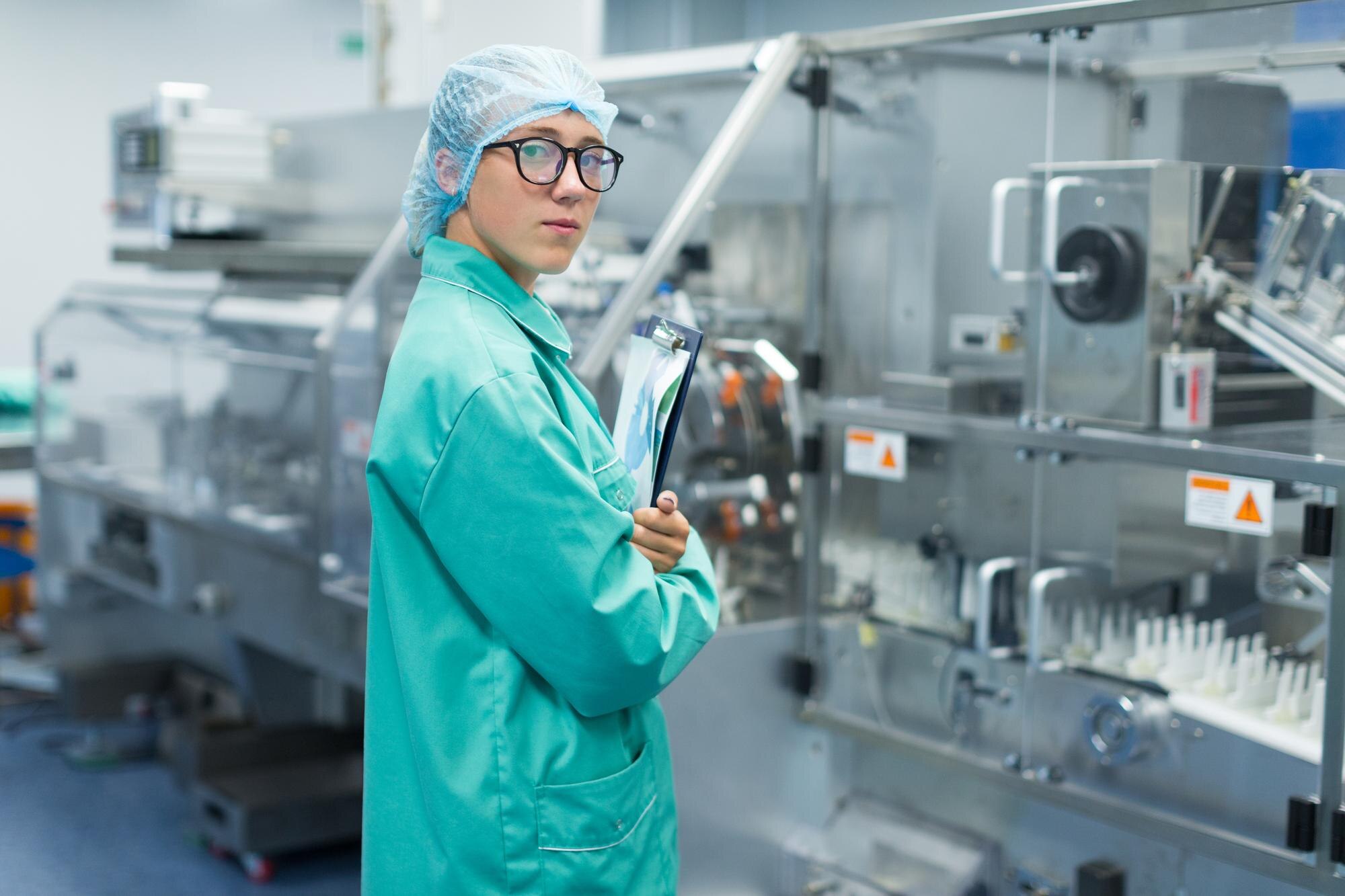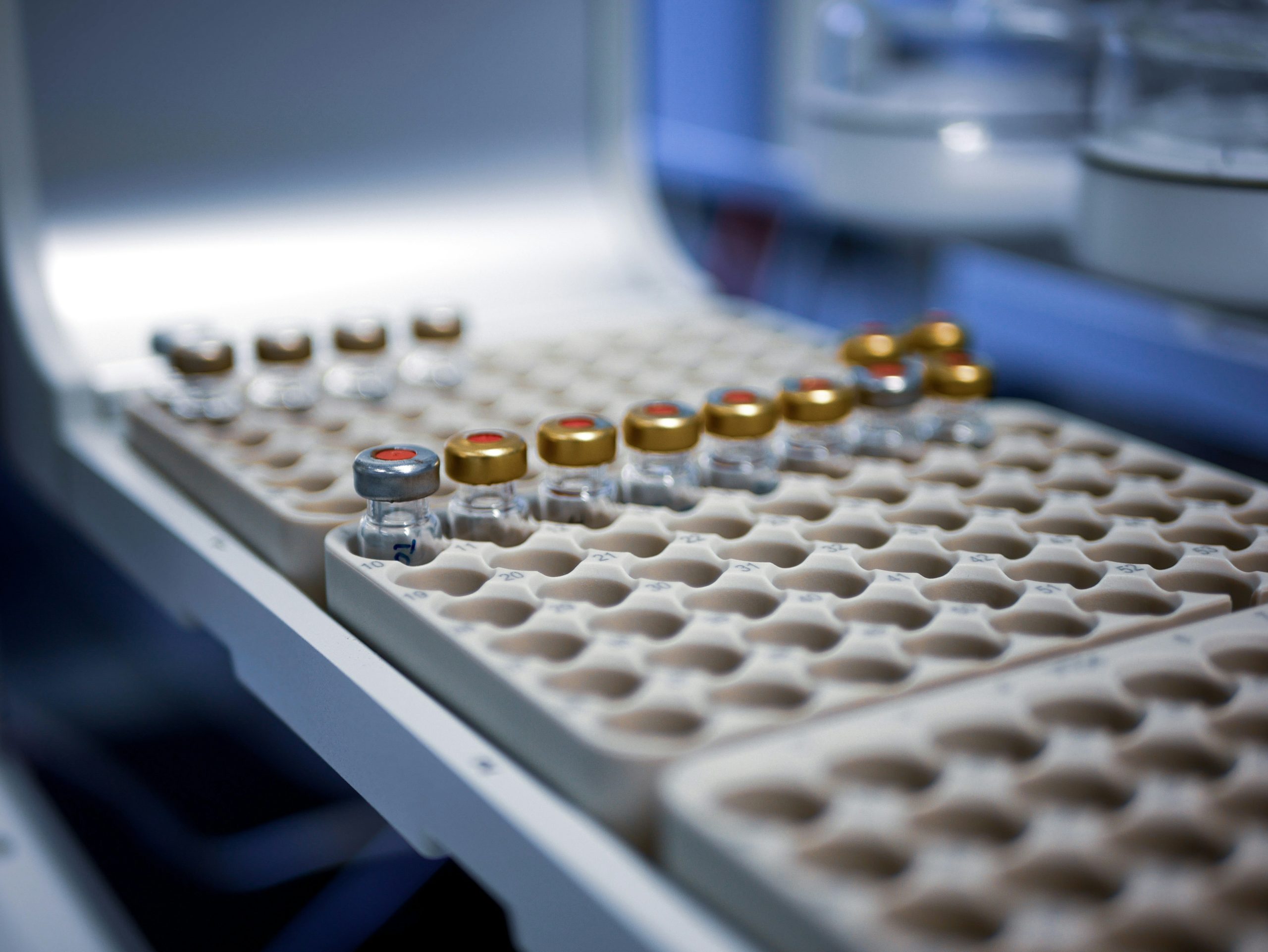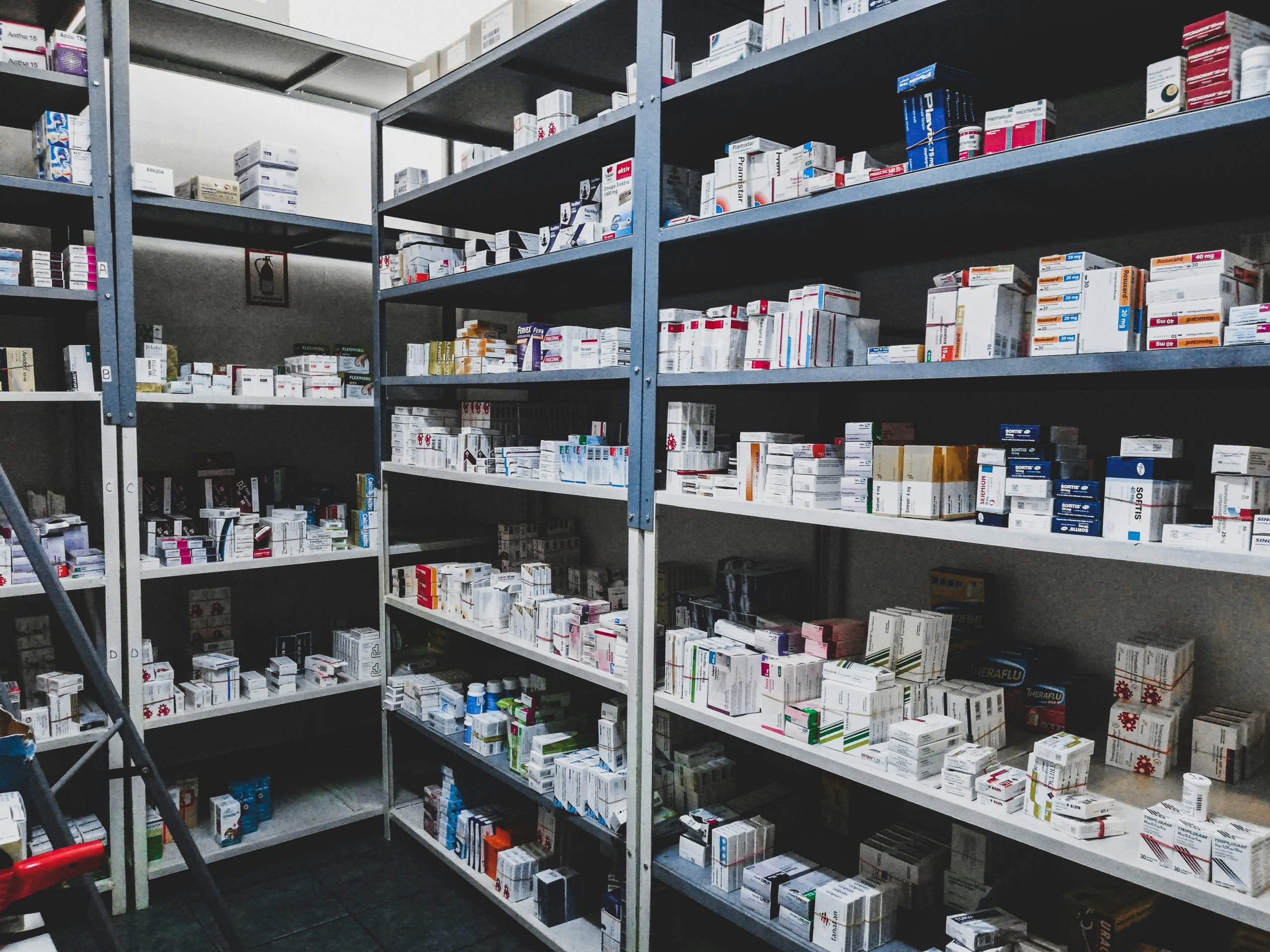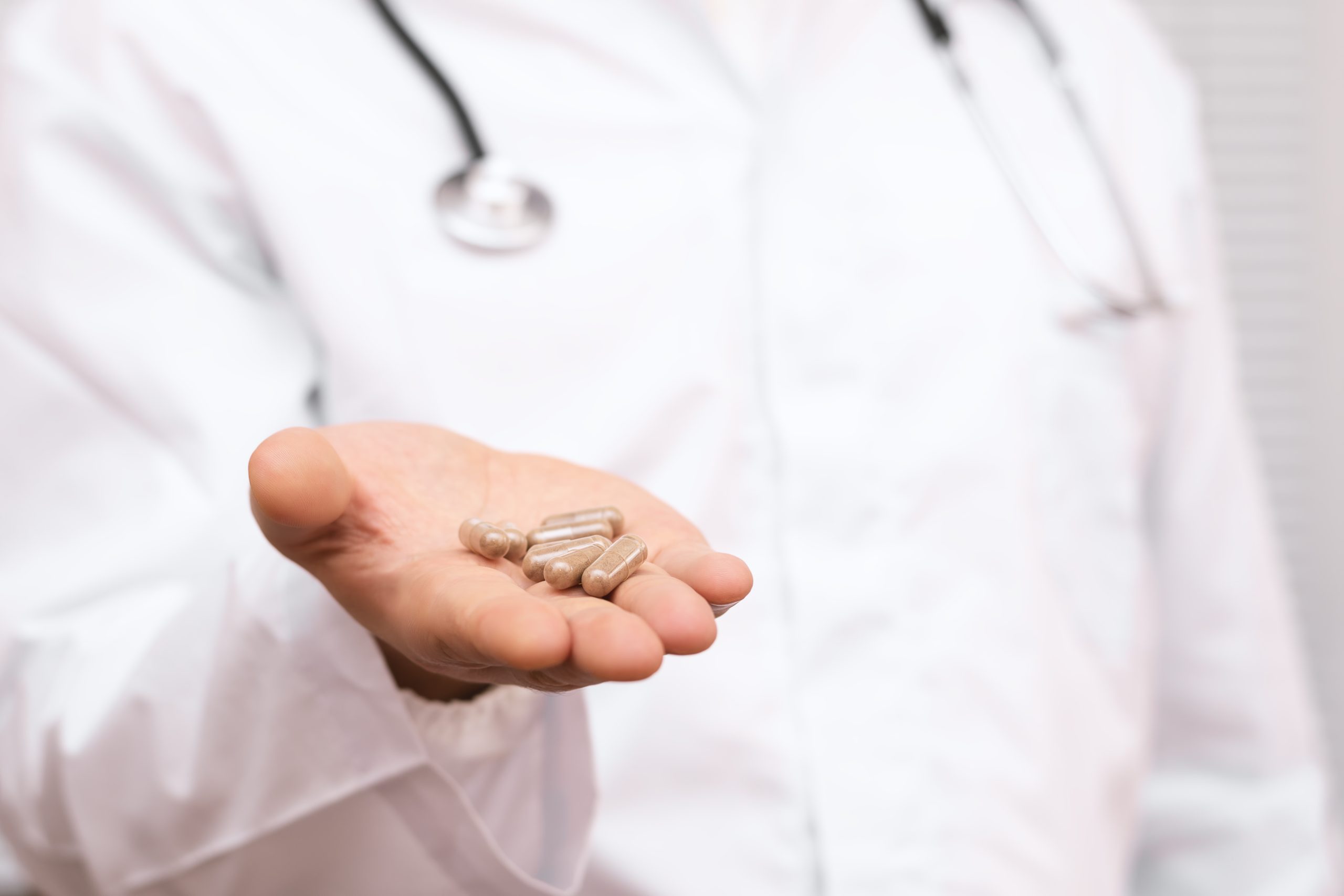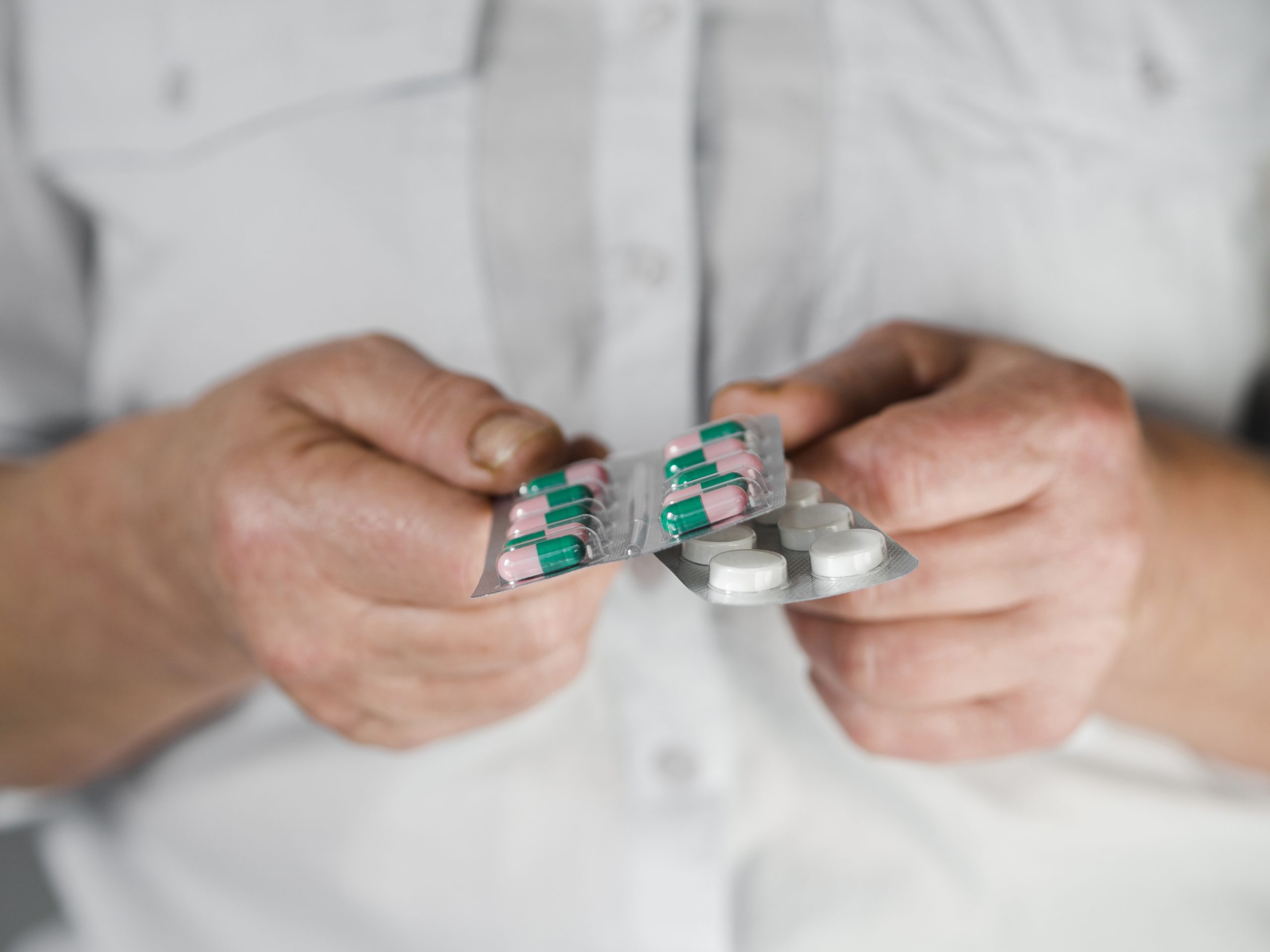At the Semashko Russian Pharmaceutical Forum, domestic and international pharmaceutical companies gathered to discuss fair mechanisms for determining the level of localization in drug manufacturing and what support measures could help the industry invest more in development.
Russia’s Ministry of Industry and Trade (Minpromtorg), the sector’s key regulator, reminded participants that it is currently working on a traceability system for pharmaceutical substances, as well as on the list of strategically important medicines (SIM). According to the Ministry, both tools will eventually help identify companies eligible for state procurement preferences.
Forum participants agreed that Russian manufacturers need more resources to develop their production capabilities, while the state must clearly define localization criteria for companies seeking support in manufacturing drugs and their intermediates.
According to Deputy Minister of Industry and Trade Ekaterina Priezzheva, the Ministry is now piloting a substance traceability system, a novelty in pharmaceutical production that allows for determining whether an active ingredient is of Russian origin or imported.
“The main challenge is setting up cooperation with EAEU countries so we can trace the movement of substances through all production stages,” she noted.
Currently, the majority of pharmaceutical substances used in Russian drug manufacturing are foreign-made — from India, China, and the EU (estimated at no less than 75%, according to SBS Consulting).
This is why Minpromtorg included the goal of increasing the share of domestically produced substances in the new state program “Pharma 2030”, and since 2023, has been working to implement a monitoring system to track its progress.
However, as Alexey Kedrin, Chairman of the Board of the EAEU Pharmaceutical Manufacturers Association, noted, it is too early to consider the traceability system ready. Companies are, for example, still waiting on the methodology text that will explain how to account for warehouse inventories.
Despite these challenges, Pyotr Rodionov, CEO of Geropharm, stressed the need to invest in local production.
“Previously, long-term development goals were the main reason for state support of Russian manufacturers. Now, global market instability also plays a role. The pharmaceutical market is rapidly losing its global nature. Price drops in the U.S. may cause increases elsewhere. Geopolitical tensions, like those between India and Pakistan, could disrupt the supply of active ingredients,” he said.
On the other hand, Larisa Matveeva, head of the Association of International Pharmaceutical Manufacturers, countered that many global companies want to stay in Russia and are ready to invest in local facilities.
“When supporting domestic producers, the government must also take such companies into account,” she emphasized.
At the same time, a government debate is underway on criteria for including drugs in the SIM list, which will determine which companies qualify for procurement preferences under the ‘second extra’ rule.
Meanwhile, Rustem Muratov, CEO of Binnopharm Group, pointed out that it is currently difficult for companies to access development funding.
“Commercial loans are inaccessible. And although two Russian producers — Promomed and Ozon Pharmaceuticals — recently launched IPOs, even successful offerings only raised modest sums from the market — a few billion rubles at most,” he said.
Source: Kommersant, May 14, 2025

